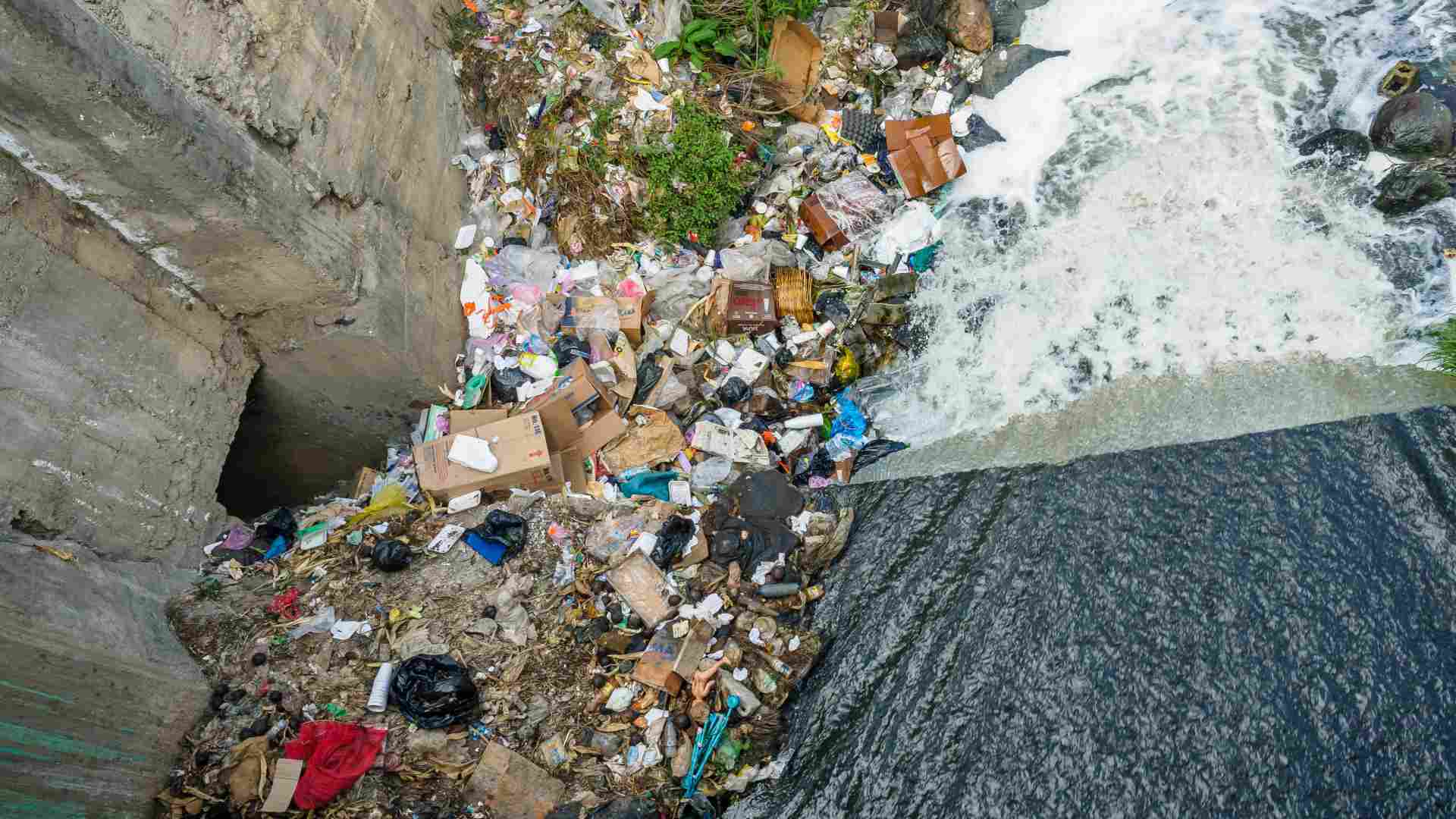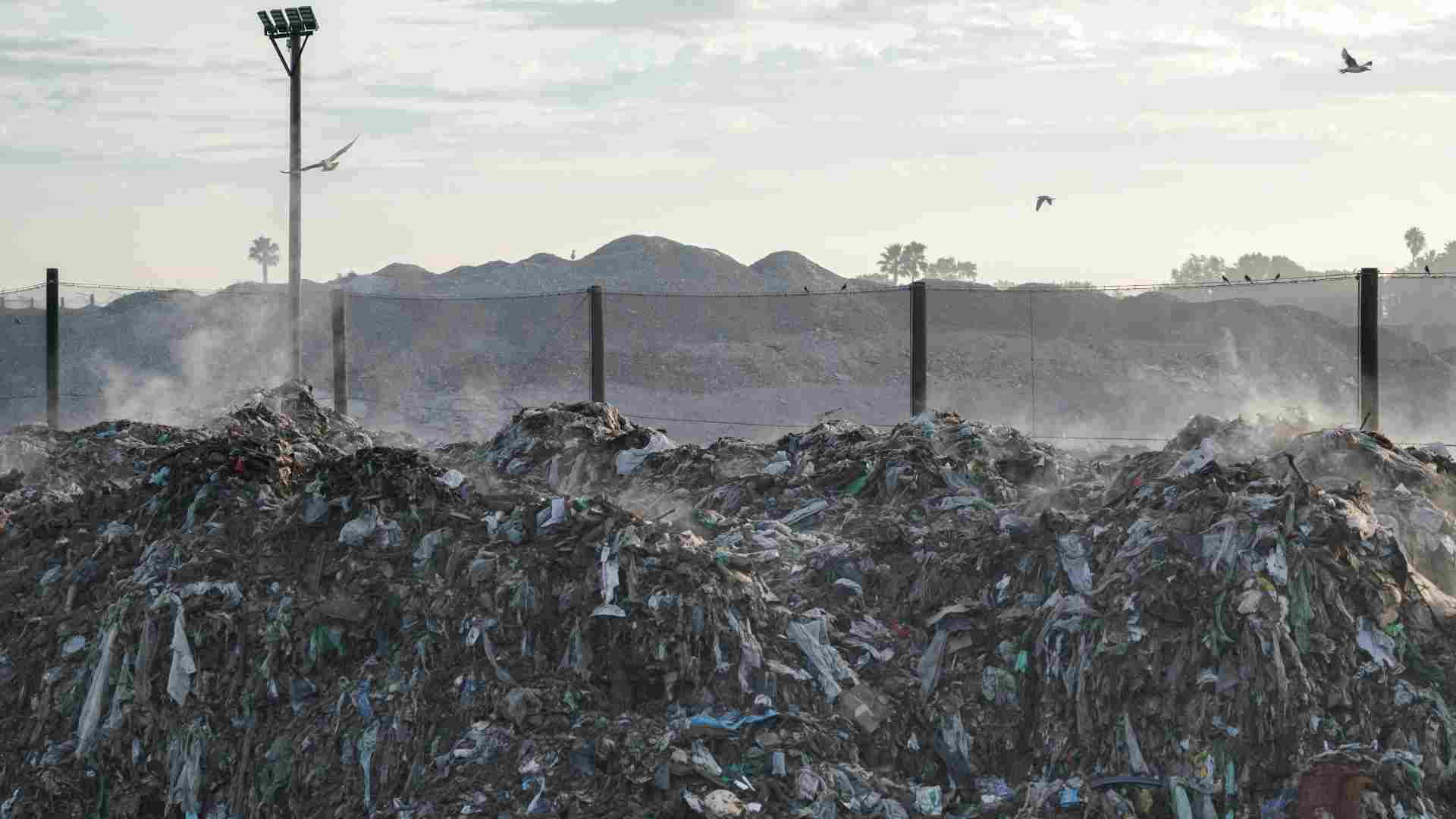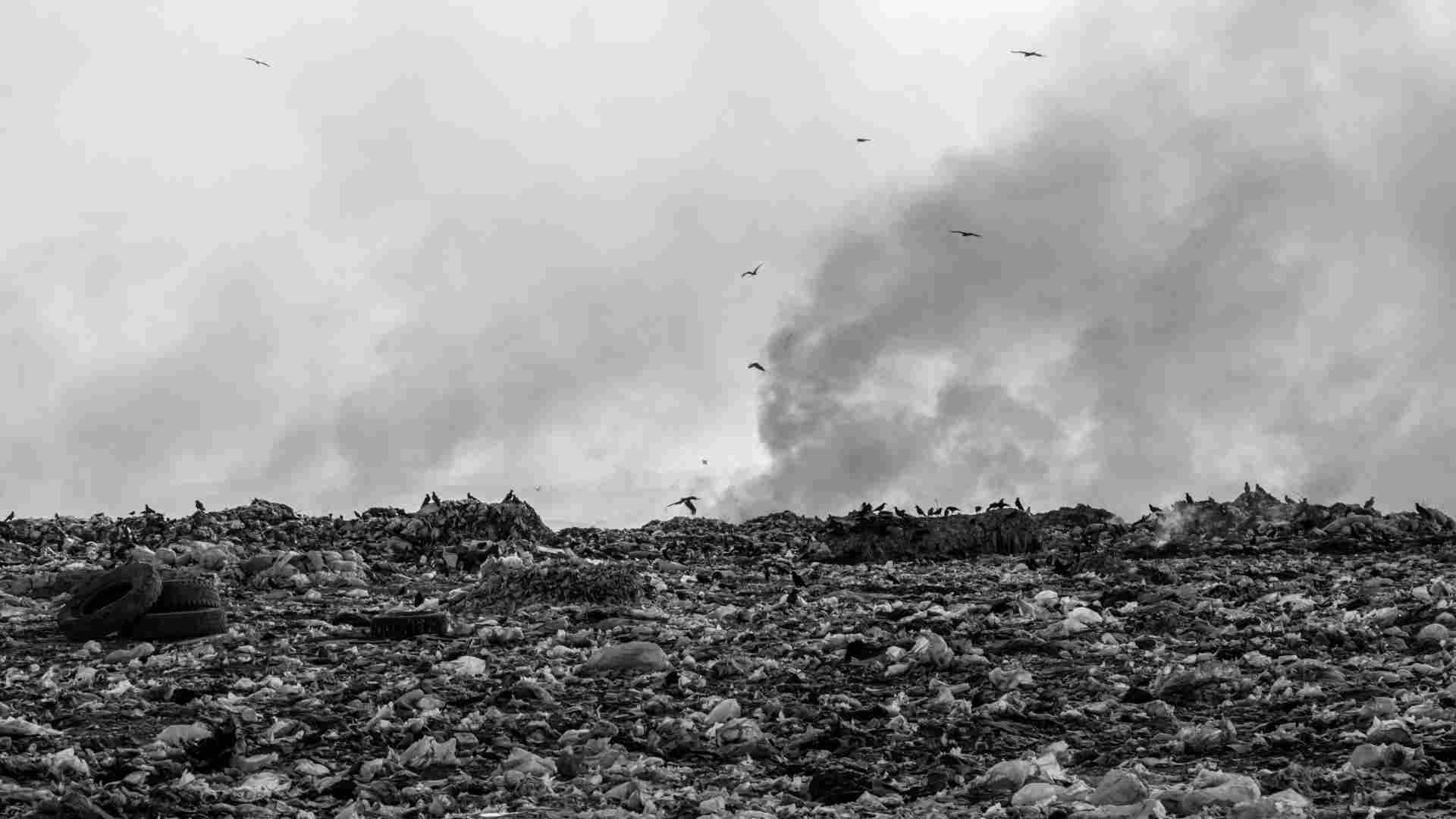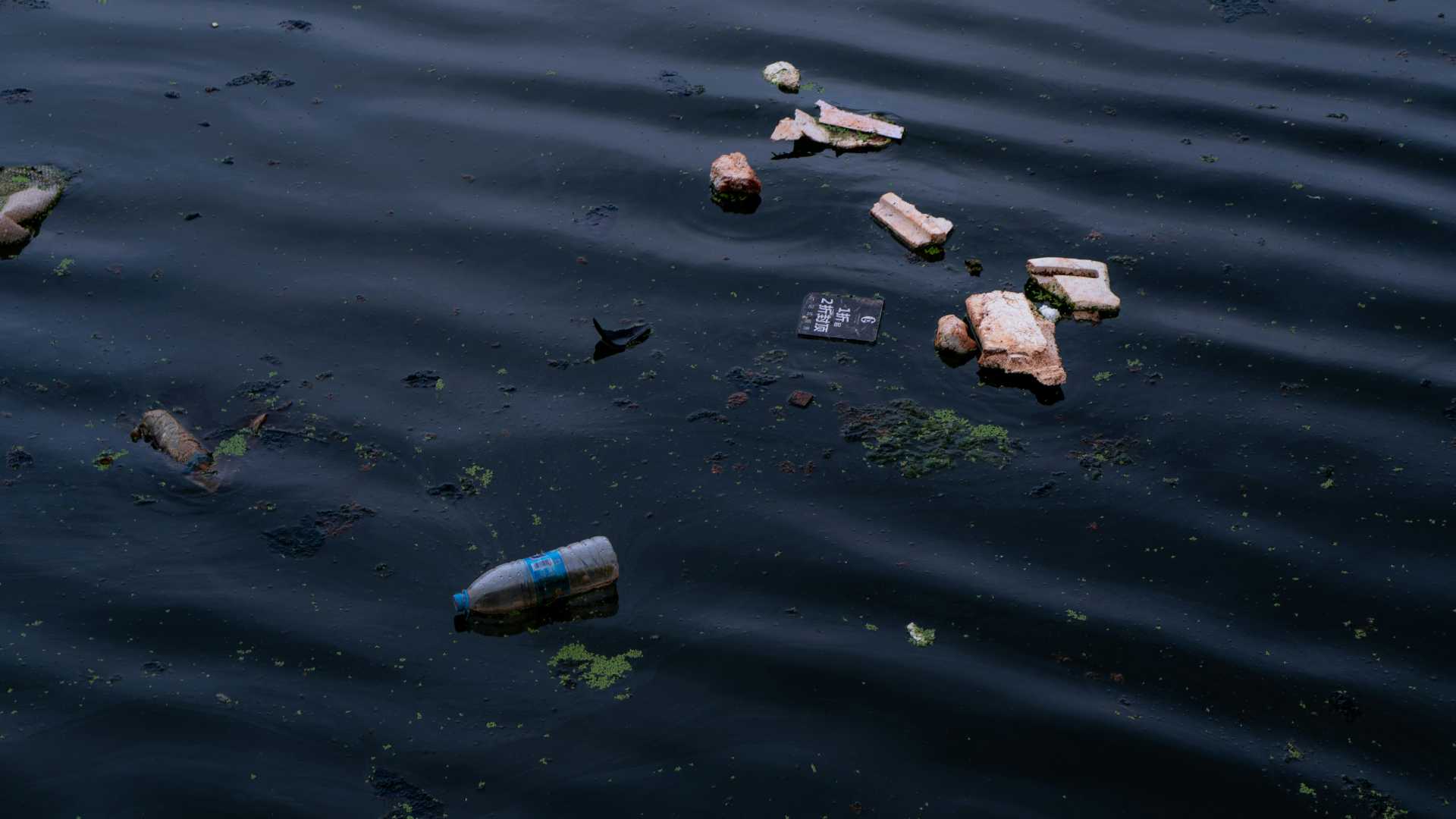How ‘Forever Chemicals’ Are Threatening Low-Income Communities
In the United States, there are thousands of landfills dotted across the country which represent a threat to nearby residents. Some are still active but others are closed.
Because of the presence of contaminants known as forever chemicals, the trash piling up has become increasingly dangerous to surrounding residents and the air quality. Low-income people who can afford to live around these areas are becoming disproportionately affected.
What are Forever Chemicals?
Forever chemical is a nickname for a group of contaminants known as PFAS chemicals. As their nickname suggests they are chemicals that do not break down easily.

Source: MountainFae/Wikimedia
Once in the environment or inside a person, they can exist there for decades. This is particularly bad because it can have negative health consequences for the environment and the humans that live there.
Why Don’t PFAS Chemicals Break Down?
Per- and poly-fluoroalkyl chemicals (PFAS) are synthetic substances commonly found in cookware and packaging to help preserve food better. They are also found in the substance Teflon, which is the stuff that makes certain cooking implements “non-stick.”

Source: Freepik
They are designed with a strong carbon-fluorine bond which does not degrade in the surrounding environment. The strength of PFAS chemicals are also their weakness as they can persist in environments humans don’t want them to.
Health Risks of PFAS Chemicals
As PFAS chemicals and particulates build up in a person’s body they have several health impacts that can be negative.

Source: Duane Mendes/Unsplash
They can cause changes in cholesterol and liver enzyme levels. PFAS substances are also associated with a higher risk of some types of cancers. People often contract them through eating food, drinking water, or even breathing them in through the air.
PFAS in Landfills
Researchers at the EPA estimate “Based on the results of multiple studies, it is estimated that 84% of annual PFAS loading to MSW landfills (7.2 T total) remains in the waste mass, while 5% leaves via LFG and 11% via leachate.”

Source: Alexander Schimmeck/Unsplash
It is thought that every year nearly 16,500 pounds of PFAS are taken to landfills to rot. These PFAS come from various sources and these chemicals eventually escape as air pollution in the surrounding area.
A Big Problem
AS PFAS chemicals leach into the surrounding environment, they affect everything in the ecosystems, including clean drinking water.

Source: Katie Rodriguez
In Minnesota, 98% of the closed landfills in the state had PFAS contamination. Drinking water in contaminated areas exceeds 10x the recommended level of the PFAS health standard.
Risk to Low-Earners
The EPA estimates that 13 million Americans live within one mile of a landfill. Research on the subject of landfills and cancers has found a correlation between living near a landfill and contracting cancer.

Source: Kenny Eliason/Unsplash
Essentially, one has a higher chance of developing cancer in their lifetime if they live close to a landfill than if they didn’t. This puts people who are unlucky enough to live near landfills in an unfair position.
Disproportionate Harm
A study by the University of Alabama at Birmingham found that people of color and other individuals who earn a low income are more likely to live in hazardous areas like landfills.

Source: Nelson Ndongala/Unsplash
The Federal government provides and builds low-income housing for these individuals, and many of these sites are near environmentally contaminated areas.
Superfund Program
PIRG estimates that one in six Americans lives near a waste facility. For years the Superfund program was an American initiative to clean up the toxic chemicals in these areas, but it has been underfunded and unable to properly complete its mission.

Source: Collab Media/Unsplash
Since 1980 when the program was created less than 25% of the 1,700 sites have been removed from the list of places that need to be cleaned up.
Contaminants Spread
As sludge from commercial products and industrial waste builds up in landfills it infects the surrounding ground water.

Source: Xianyu Hao/Unsplash
As this groundwater is evaporated, the chemicals are spread through the water cycle in the form of rain and surface runoff. Once these contaminants start to spread, it becomes nearly impossible to find them all and clean it all back up again.
Landfills Need to Change
With the knowledge of how PFAS spread, landfills need to be rebuilt to stop the advance of surface runoff and the spreading of chemicals into groundwater.

Source: Niklas hamann/Unsplash
However, progress has been slow on updating federal standards to prevent such landfill discharges. It has only been in recent years that the federal guidelines have been updated to start to seriously address the problem.
Real-Life Consequences
While these contaminants are small and hard to see with a person’s normal perception, the effect they have is very real.

Source: Steve Johnson/Unsplash
In one instance, people living near a landfill in North Carolina had to be given bottled water after the water supply was found to have been contaminated by PFAS chemicals.
